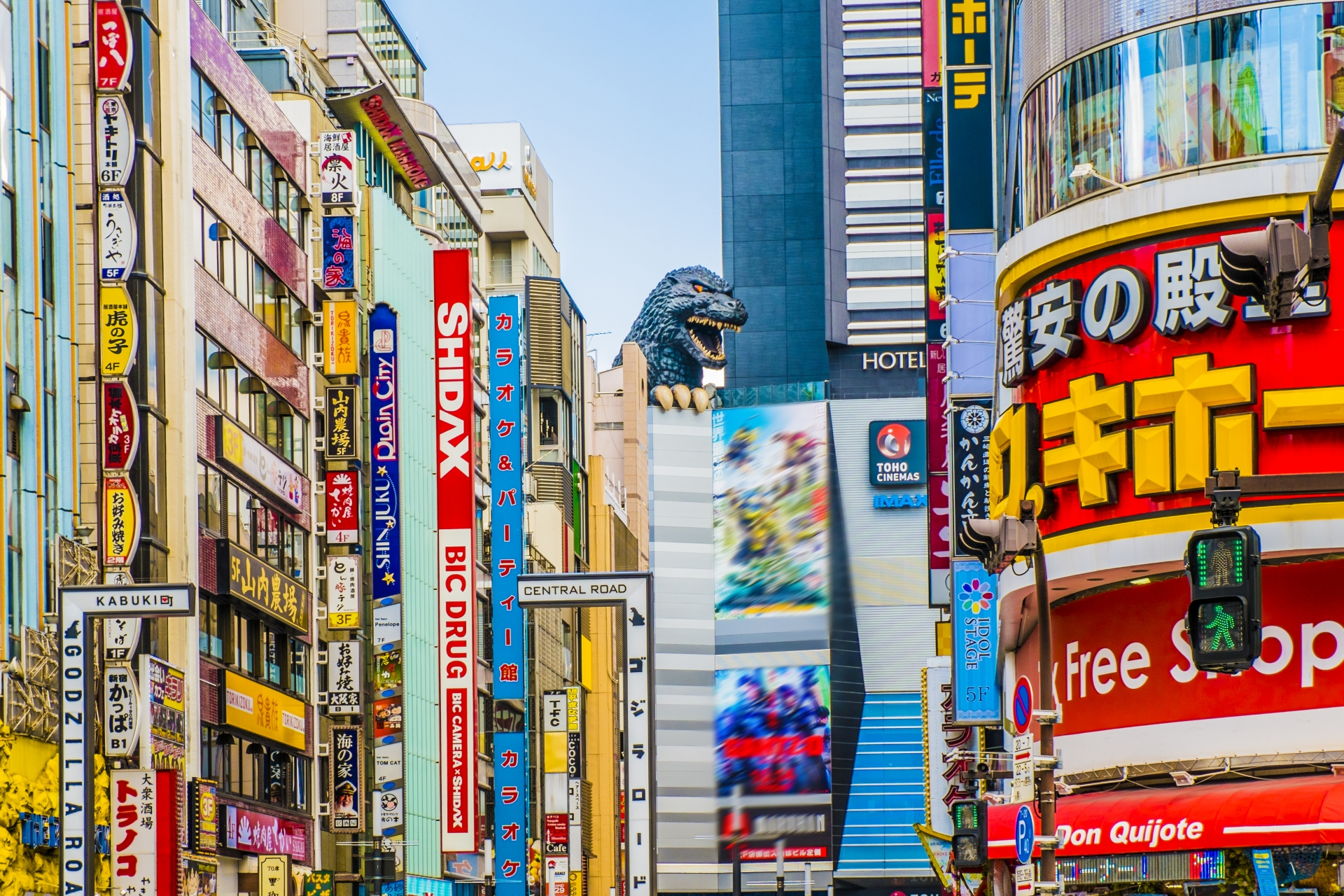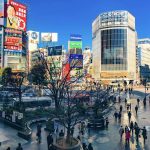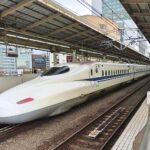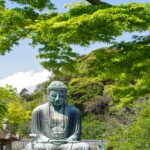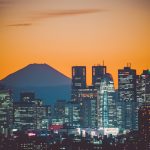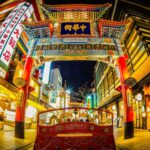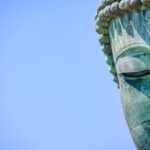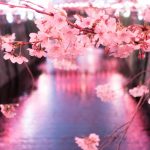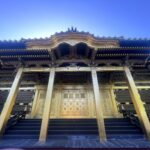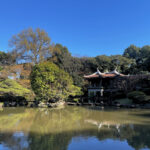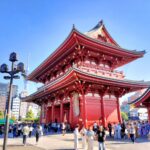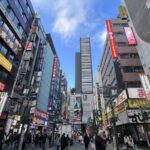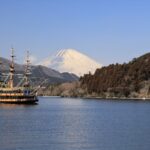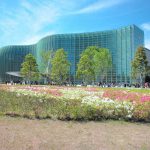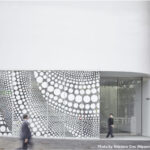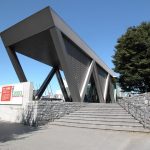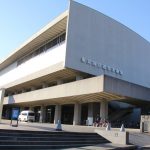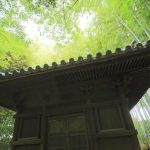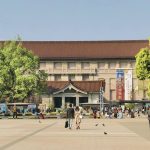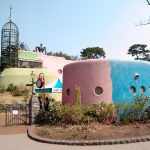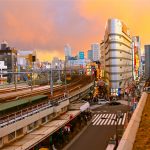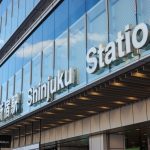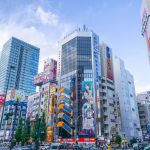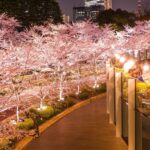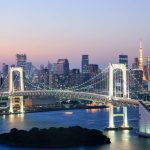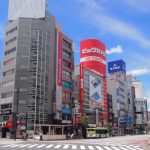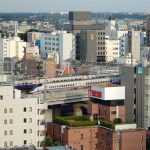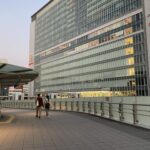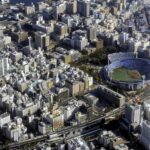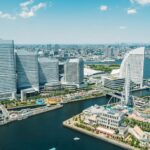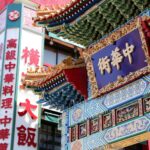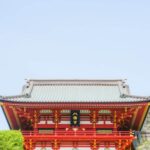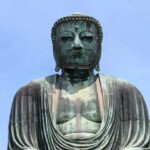Legacy of the Tokyo 2020 Summer Olympic Games

The legacy of the Tokyo 2020 Olympic Games is a complex and multifaceted moment in history. An unprecedented event which nobody could have predicted, the pandemic impacted various aspects of the large scale global event, as well as Japanese society, economy, and sports culture. Despite the challenge of COVID-19 and the need to postpone the Tokyo Olympics from the original schedule of summer 2020, the Games of the XXXII eventually went ahead in 2021. On this page you will find the following information:
— The Legacy and Aftermath of COVID-19 and the Tokyo 2020 Summer Olympic Games
— When Did the Tokyo 2020 Summer Olympics Take Place?
— Where Did the Tokyo 2020 Summer Olympics Take Place?
— Best Day-trips & Getaways Near Tokyo
THE LEGACY AND AFTERMATH OF COVID-19 AND THE TOKYO 2020 SUMMER OLYMPIC GAMES

Despite being postponed to 2021, the Tokyo Olympics will continue to be referred to as ‘Tokyo 2020’. It marked the second time Tokyo has hosted the Summer Olympics following on from its role as host city in 1964, and in addition to Japan having hosted the Winter Olympics on two occasions – firstly, Sapporo in 1972 and our home Nagano – host of the Winter Olympic Games in 1998.
The unfortunate and saddening occurrence of a global Pandemic left everybody feeling lost, with day to day life, activities and events being put on hold. The Tokyo 2020 Olympics was left devastated by the pandemic, but Olympic teams, staff and athletes worked tirelessly to hold the best version of the Games they possibly could, despite the challenges faced. So what are the lasting impacts from this moment in Olympic and Japanese history?
1 / Development of Infrastructure
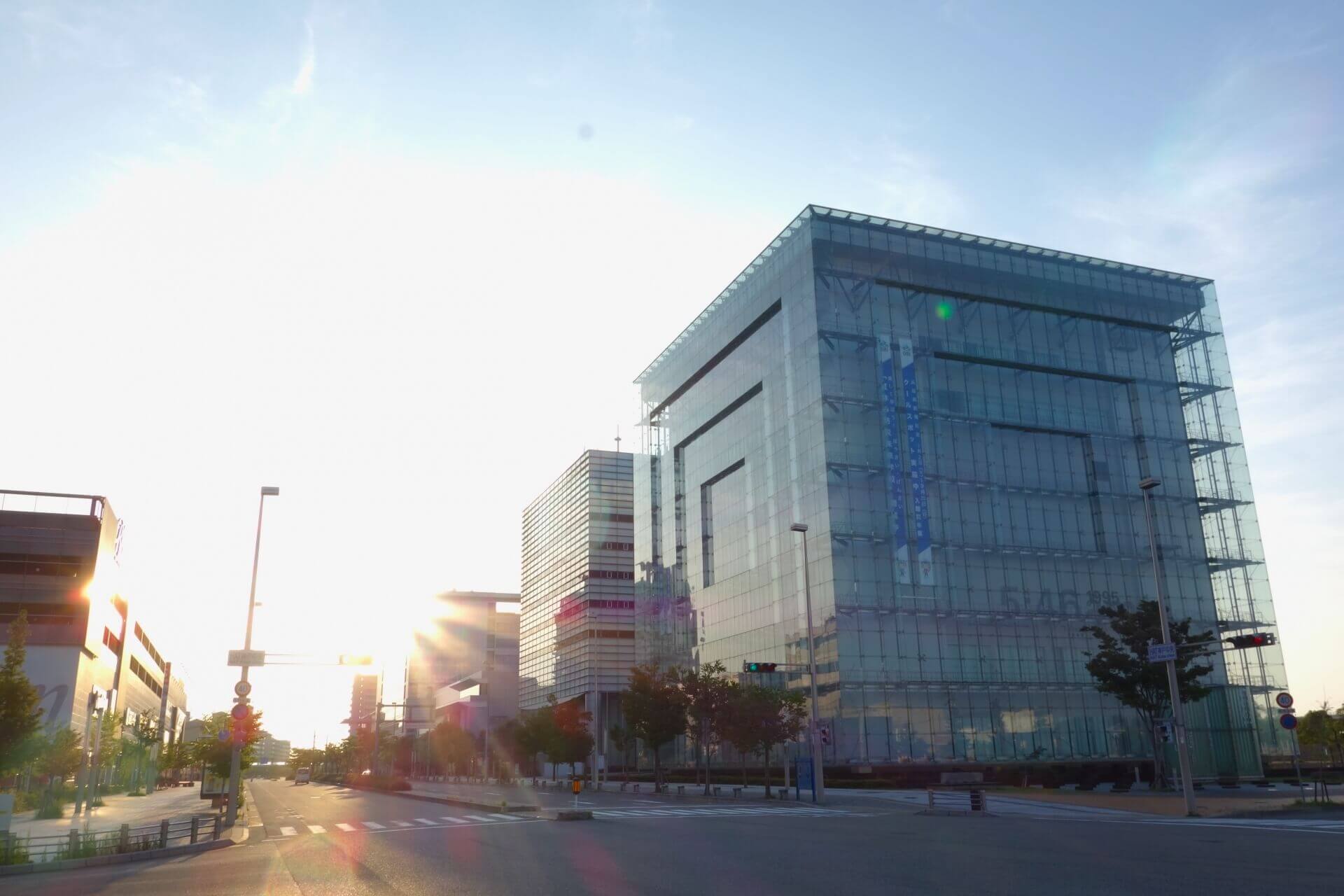
The Olympic Games led to a significant investments in infrastructure, including transportation networks, sports venues and urban redevelopment. Even signage across Tokyo and other major areas were given a complete makeover with bi-lingual information being provided to help make navigating the Country easier for Olympic ticket holders and future visitors. Many tourist information areas and information points were also changed to offer many different language options to assist tourists. Many of the large facilities built such as the Olympic Stadium in Shinjuku ward, and the Athletes’ Village in Tokyo Bay are now expected to be repurposed for public use and for future sporting events.
2 / Sustainability

Tokyo 2020 place a strong emphasis on the importance of environmental sustainability. The Games incorporated eco-friendly measures which included using renewable energy resources, heavily promoting recycling and constructing venues using sustainable materials. The Tokyo Games aimed to be carbon neutral by reducing emissions and offsetting through renewable energy. Much of the electricity used during the Games came from solar and biomass sources, with transport being a main benefactor of this. The Olympic medals were also made from recycled metals extracted from discarded electronic devices, with over 79,000 tons of waste being collected for this initiative nationwide. Now, there is continued focus on environmental responsibility and to look after our planet. The most important factor is that all major buildings were designed so that they could be repurposed after the games to serve the communities and people of Japan and the world for decades to come. Japan still has a long way to go to improve their single use plastic usage, but Tokyo 2020 certainly helped bring the environmental crisis to the front of the Country’s mind, and especially younger generations have taken up the mantle to start doing more to help Earth.
3 / Economic and Tourism Impact
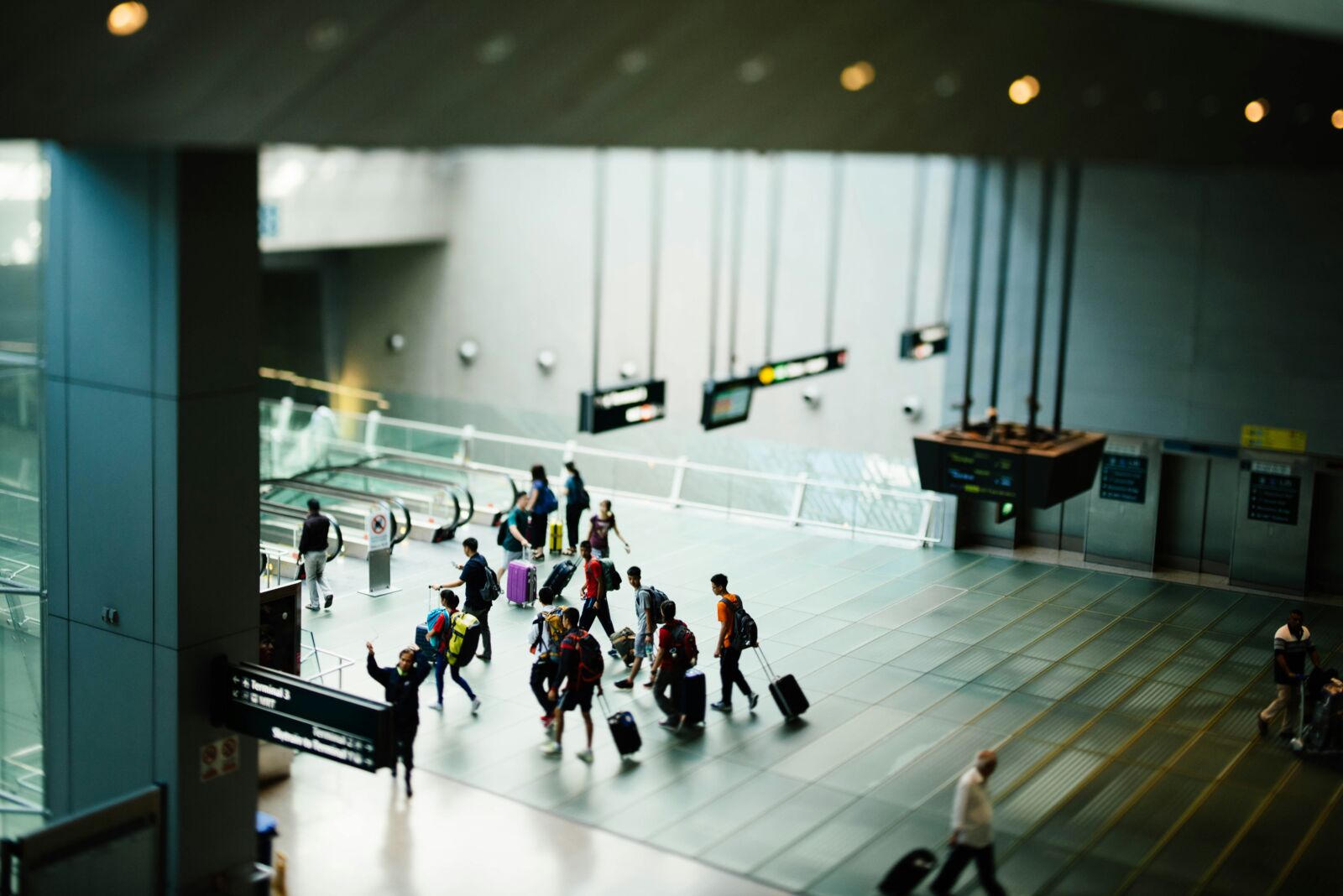
While the Pandemic affected the service industries, hospitality and tourism sectors, the Tokyo 2020 Olympic Games have and continue to help positively impact Japan’s economy. Due to a fantastic marketing and campaign initiative led by the Games and relevant tourism bodies across Japan, and from the opening of the borders in October 2022, tourists have been flooding into the Country in record numbers. In fact, it is projected that by the end of 2024 Japan will have seen a record breaking 35 million visitors. Spending by tourists has also continued to rise with 2024 projected to reach 8 trillion yen. The Games was also able to further showcase what Japan was capable of on the global stage, and so the Country has seen increased international investments.
4 / Cultural Exchange
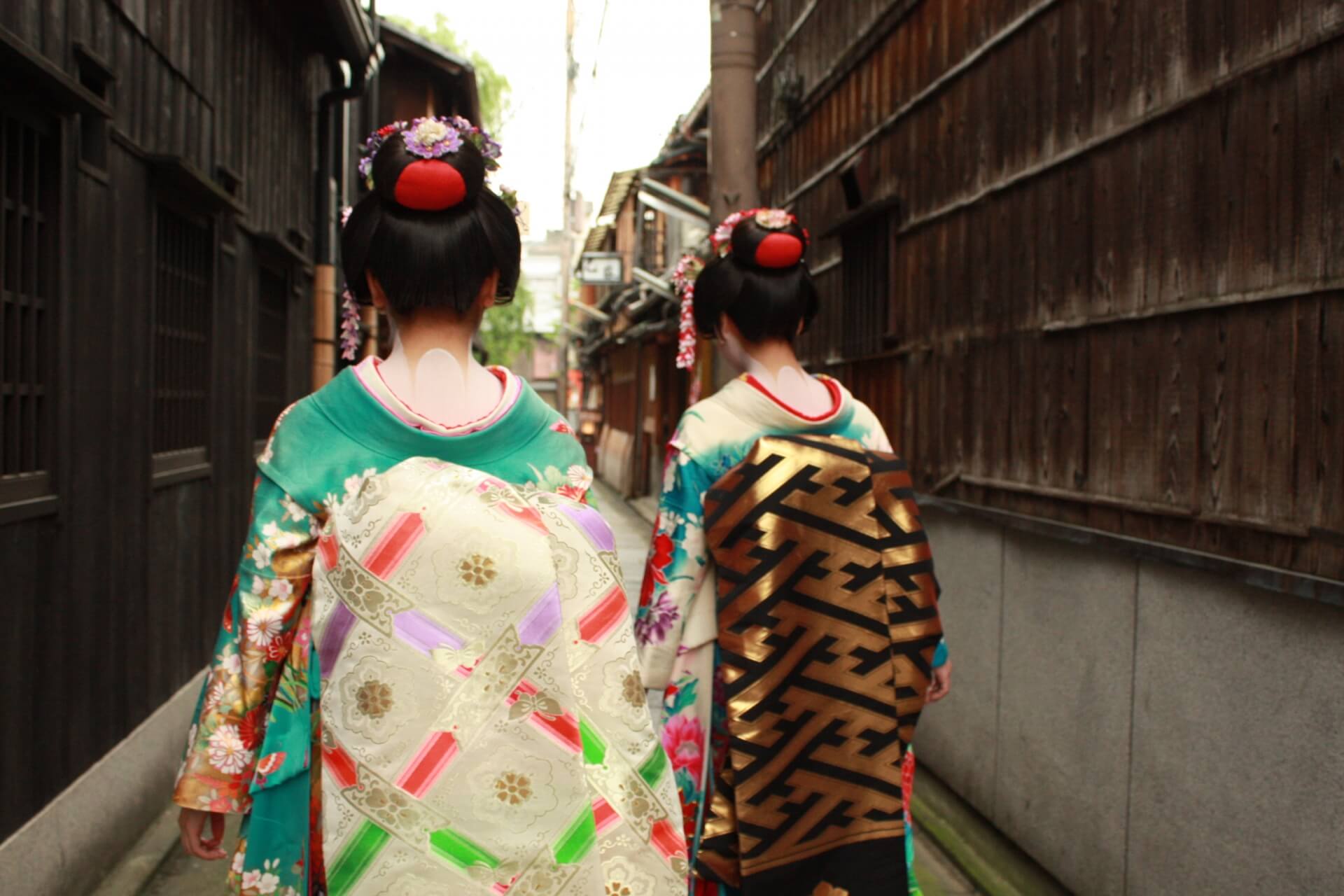
Linking to number three, the Tokyo 2020 Olympic Games enabled Japan to show the world its beautiful heritage and culture, as well as displaying its remarkable ’Omotenashi’ (Japanese hospitality). The opening and closing ceremonies were wonderful events to promote these very three things. It was also a chance for Japan to display its technological advancements and design which the Country has already garnered a fantastic reputation for. However, we must also give some thanks to the amazing organisation and hospitality shown by Japan during the Rugby World Cup in 2019 when travellers and ticket holders actually got the chance to visit the Country and experience it all first hand. Thanks to these sporting events, Japan’s international image has grown in popularity, and helped put Japan on the map as one of the top Countries to learn about, travel to, and do business with.
TIMELINE OF KEY EVENTS

July 12 2021: with the games scheduled to begin in just over ten days time, the government announced that due to the ongoing spread of COVID-19 in Tokyo, a new ‘State of Emergency’ (SOE) would be in effect in the capital from the 12th of July until at least the 22nd of August. The Tokyo Olympics therefore took place under these new restrictions. It was also confirmed that spectators would not be able to attend events which came as crushing news to all excited ticket holders, travellers, and friends and family members of the competing athletes.
March 21 2021: Japanese officials announced that international visitors would not be permitted to enter Japan as spectators for the Tokyo Olympic and Paralympic Games which was the news many didn’t want to hear but sadly expected. Scheduled to start on the 23rd of July 2021, the Games looked set to go ahead, however it would unfortunately be without any international visitors in the stadiums cheering on. All tickets that were already sold to international visitors were to be refunded in full. At this point in time, there was no official word yet about entry of the teams and the supporting staff.
March 5 2021: During this time, no official announcement had been made, but the head of the Tokyo Olympic committee, Hashimoto Sekio suggested that international visitors may not be permitted to enter Japan for the upcoming Olympic and Paralympic Games. Hashimoto stated, ‘If the situation is tough and it would make the [Japanese} consumers concerned, that is a situation we need to avoid from happening’ – this was the strongest suggestion received yet that international visitors would not be permitted. A number of government officials followed suit and implied that a final decision was pending, with an official announcement expected by 25th of March.
December 7 2020: with the ongoing impact of COVID-19, the Tokyo 2020 Organising Committee released updates regarding the steps being taken to ensure the Games could go ahead in Summer 2021. Measures included reducing numbers of residents in the Olympic Village in order to prevent the spread of COVID-19, and guidelines for the streamlined arrival and departure of athletes were provided. Further measures were expected to be published in early-2021, which many took as a positive sign that the Games remained on-track to take place in 2021.
December 1 2020: in a largely symbolic but positive step, a large set of floating Olympic Rings were reinstalled in Tokyo Bay, having been removed following the postponement of the Games from 2020 to 2021. The reappearance of the rings was seen as a statement of Japan’s determination that the Games were to go ahead in July to August 2021.
WHEN DID THE TOKYO 2020 SUMMER OLYMPICS TAKE PLACE?

The Tokyo Summer Olympics – officially ‘the Games of the XXXII Olympiad’ took place from the 23rd of July to the 8th of August 2021 in Tokyo, Japan. The opening and closing ceremonies also took place during this timeframe at the Olympic Stadium, Tokyo. Most of the sporting events and venues were located in or nearby the capital with a couple of exceptions such as the surfing. The Tokyo 2020 Paralympics will took place from the 24th of August to the 5th of September 2021 and used the same venues.
The Games were moved from their original dates of the 24th of July 2020 to the 9th of August 2020, due to the spread of COVID-19 around the world and closure of international borders. While previous Olympic Games have been cancelled throughout history – the Summer Olympics in 1916, 1940 and 1944 and Winter Olympics in 1940 and 1944 due to World War I and World War II – the postponement of the 2020 Games marked the first time in history either the Summer or Winter Olympics had to be postponed.
WHERE DID THE TOKYO 2020 SUMMER OLYMPICS TAKE PLACE?

As stated above, the Olympics took place in July and August 2021. Most of the events took place in Tokyo with some locations also outside of the capital. The following venues hosted events during the Games:
Tokyo
Olympic Stadium (see map) / Tokyo Stadium (see map) / Tokyo Metropolitan Gymnasium (see map) / Yoyogi National Stadium (see map) / Nippon Budokan (see map) / Tokyo International Forum (see map) / Kokugikan Arena (see map) / Equestrian Park (see map) / Musashino Forest Sport Plaza (see map) / Musashino-no-mori Park (see map) / Ariake Arena (see map) / Ariake Gymnastics Centre (see map) / Ariake Urban Sports Park (see map) / Ariake Tennis Park (see map) / Odaiba Marine Park (see map) / Shiokaze Park (see map) / Aomi Urban Sports Park (see map) / Oi Hockey Stadium (see map) / Sea Forest Cross-Country Course (see map) / Sea Forest Waterway (see map) / Kasai Canoe Slalom Centre (see map) / Yumenoshima Park Archery Field (see map) / Tokyo Aquatics Centre (see map) / Tatsumi Waterpolo Swimming Center (see map) / Asaka Shooting Range (see map)
Saitama
Saitama Super Arena (see map) / Kasumigaseki Country Club (see map) / Saitama Stadium (see map)
Chiba
Makhuri Messe Hall (see map) / Tsurigasaki Surfing Beach (see map)
Yokohama
International Stadium Yokohama (see map)
Kanagawa
Enoshima Yacht Harbor (see map) / Yokohama Baseball Stadium (see map)
Shizuoka
Izu Velodrome (see map) / Izu MTB Course (see map) / Fuji International Speedway (see map)
Fukushima
Fukushima Azuma Baseball Stadium (see map)
Miyagi
Miyagi Stadium (see map)
Ibaraki
Ibaraki Kashima Stadium (see map)
Hokkaido
Sapporo Odori Park (see map) / Sapporo Dome (see map)
BEST TOURS IN TOKYO
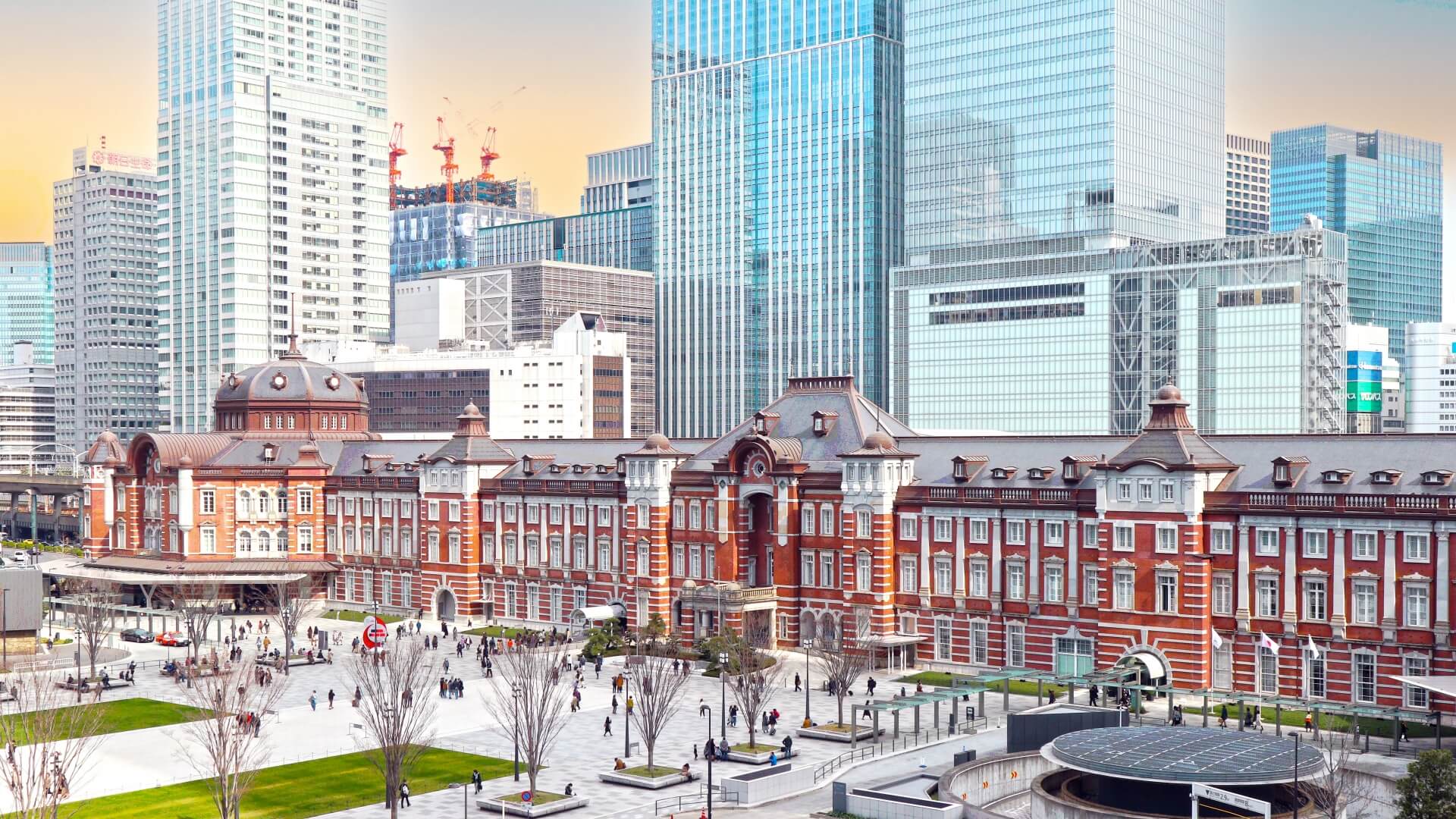
With the Olympic venues being spread throughout multiple regions outside of Tokyo, it sparked a great interest not only in Tokyo but for all across Japan for many people around the world. Post-Pandemic, and with borders opening up, Japan has seen record numbers of tourists! We have compiled pages useful for those travelling to Tokyo and beyond to provide all the inspiration you need when planning your trip.
Tokyo is steeped in history. The city has faced many hardships from earthquakes, fires and the air raids of WW2, and unfortunately many of its oldest buildings and structures have disappeared over time. However, Tokyo does a fantastic job at celebrating and retaining much of its character and culture, with stunning renovations of temples and shrines, museums housing some of Japan’s finest artefacts, and hidden pockets of neighbourhoods that have managed to preserve its original architecture despite the many challenges its faced. Pop culture lovers will rejoice at Japan’s modern aesthetic, with its bright lights and neon signs that make the city glow at night.
There is so much to see and do in Tokyo, especially fantastic experiences suitable for solo travellers to make your trip fun and engaging. Check out our ’Best Tours in Tokyo’ page which will give you more information on the tours mentioned in the previous section, as well as the best tours in Tokyo and the best day trips from Tokyo throughout the Kanto region.
1 Day Tour
| 1 Day Walking Tour in Asakusa : Traditional Tokyo, Culinary Delights and Nature | |
| Period | All Year Round |
| Time | 09:30- 17:00 |
| Meeting Place | Outside the Asakusa Culture Tourist Information Centre |
| Adult Rate | ¥17,800 |
| Child Rate | ¥11,000 |

1 Day Tour
| 1 Day Walking Tour in Shinjuku and Shibuya : The Best of Both | |
|
| |
| Period | All Year Round |
| Time | 09:30 – 17:30 |
| Meeting Place | Inside Yotsuya-Sanchome Station |
| Adult Rate | ¥19,800 |
| Child Rate | ¥13,000 |

1 Day Tour
| Walking Tour in Yanaka, Nezu and Sendagi : Experience Tea Ceremony and ’Yanesen’ Old Tokyo | |
| Period | All Year Round |
| Time | 10.30 – 17:10 |
| Meeting Place | Outside Nippori Station WEST exit |
| Adult Rate | ¥17,800 |
| Child Rate | ¥11,000 |

THINGS TO DO IN TOKYO
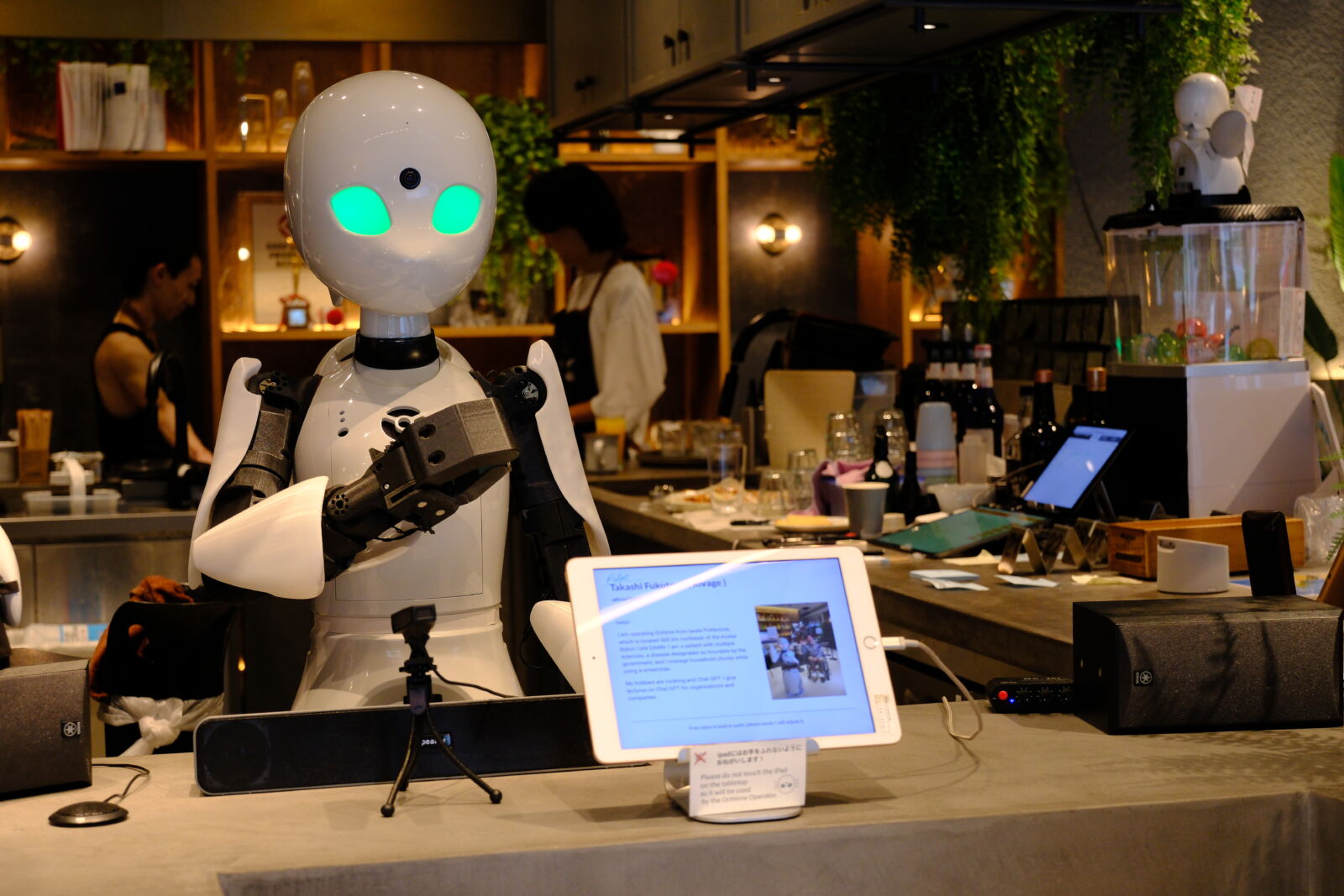
This page would not be complete without also suggesting our wider recommendations on things to do in Tokyo which includes both the golden tourist attractions and some lesser known activities you can enjoy. Why not check out Things to Do in Tokyo page which will also give you plenty of inspiration for your time spent in Tokyo. Here you will find some of the best activities and recommendations on how to spend your time in the Capital, as well as some tours that you can join to make the most out of your trip!
From watching Sumo wrestlers train to eating the freshest sushi at local markets, playing Taiko drums to exploring hidden shrines and temples, Tokyo truly has it all. Our Tokyo tours enable you to pick and choose from a wide range of areas and activities to explore during your trip. Want to explore lesser known neighbourhoods in Tokyo, or do you want to get into the hustle and bustle of the world’s most populated city, then click the link above and start exploring what you can do in Tokyo to make your trip unforgettable.
30 DAY-TRIPS & GETAWAYS NEAR TOKYO
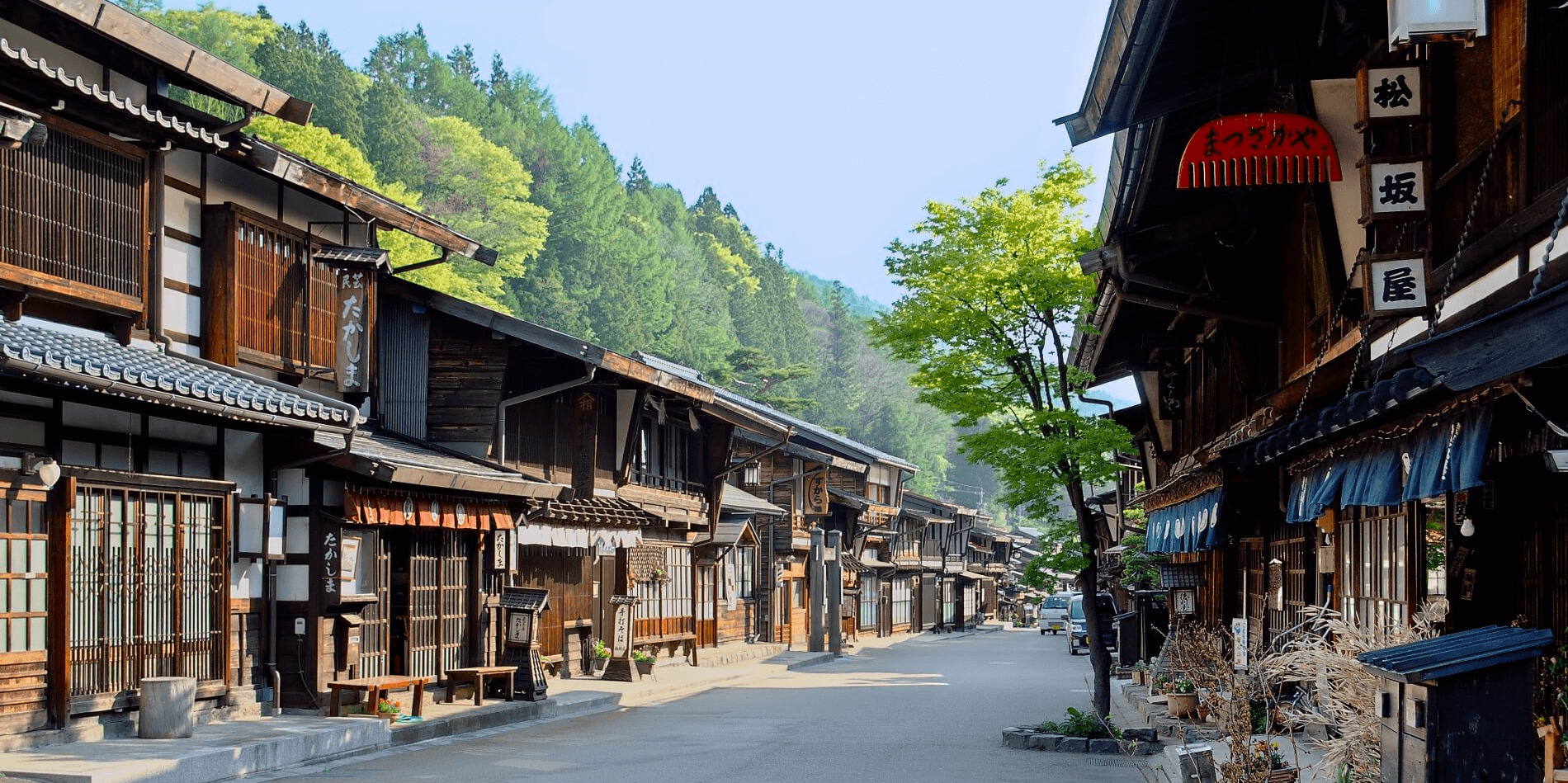
While Tokyo has more than enough to keep you entertained for your entire visit, it is also an ideal base from where to escape the city and explore our home region of Central Japan and beyond. Boasting the majority of Japan’s tallest mountains, verdant forests, open spaces, ancient temples and a slower way of life, it is everything that Tokyo is not. Our ’30 Things To Do Near Tokyo: Best Day-Trips & Overnight Getaways’ page includes some fantastic tips and suggestions of what’s on offer. Here are some examples of the tours we offer outside of Tokyo, but click on the link above to see more . We hope it tempts you to explore beyond the city!
1 Day Tour
| Day Trip to Kawagoe : Experience the ‘Little Edo’ of Japan | |
|
| |
| Period | All Year Round |
| Time | 09:00 – 16:45 |
| Meeting Place | Inside Ikebukuro Train Station |
| Adult Rate | ¥17,800 |
| Child Rate | ¥11,000 |

1 Day Tour
| 1 Day Tour : Explore Nikko’s World Heritage and National Park | |
|
| |
| Period | April – October |
| Time | 08:40 – 19:15 |
| Meeting Place | Outside Asakusa Ekimise Department Store |
| Adult Rate | ¥24,900 |
| Child Rate | ¥18,900 |

1 Day Tour
| Mount Fuji Day Trip : Adventure around Lake Kawaguchiko | |
| Period | All Year Round |
| Time | 07:50 – 19:45 |
| Meeting Place | Outside Shinjuku Bus Terminal |
| Adult Rate | ¥24,900 |
| Child Rate | ¥15,500 |

WHERE TO STAY IN TOKYO
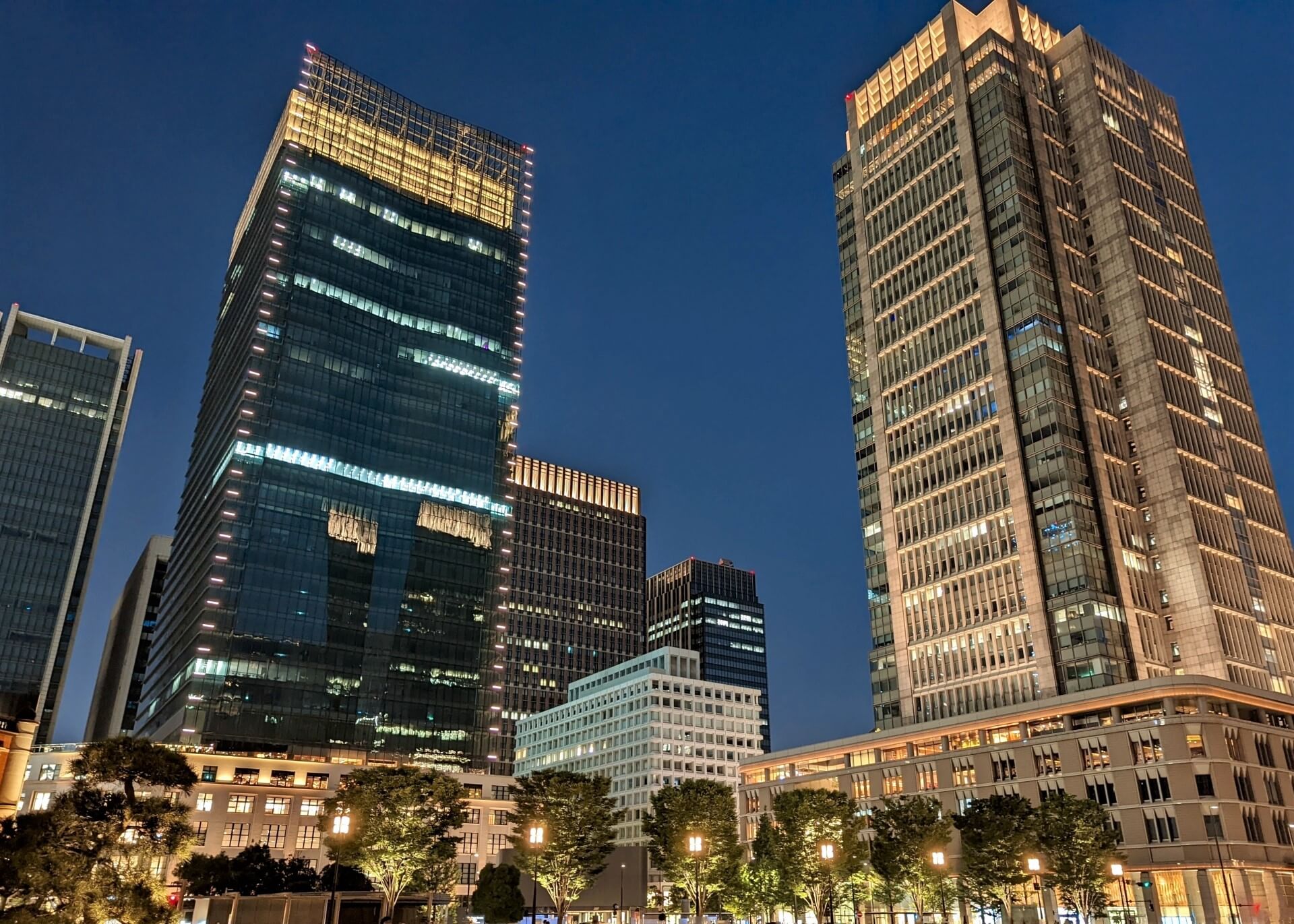
There is no shortage of accommodation in Tokyo ranging from luxury hotels, mid-range to budget, youth hostels and even capsule hotels! The areas of Shinjuku, Shibuya, and Tokyo are among the most popular with tourists, all of which have excellent public transport links, shopping, bars and restaurants. Therefore they make excellent bases for a short stay in the city. Check out our Tokyo destination page which includes everything you need to know about the city, and our ‘Where to Stay in Tokyo’ page for what areas to book your hotels and find the right accommodation for you.
HOW TO GET TO TOKYO
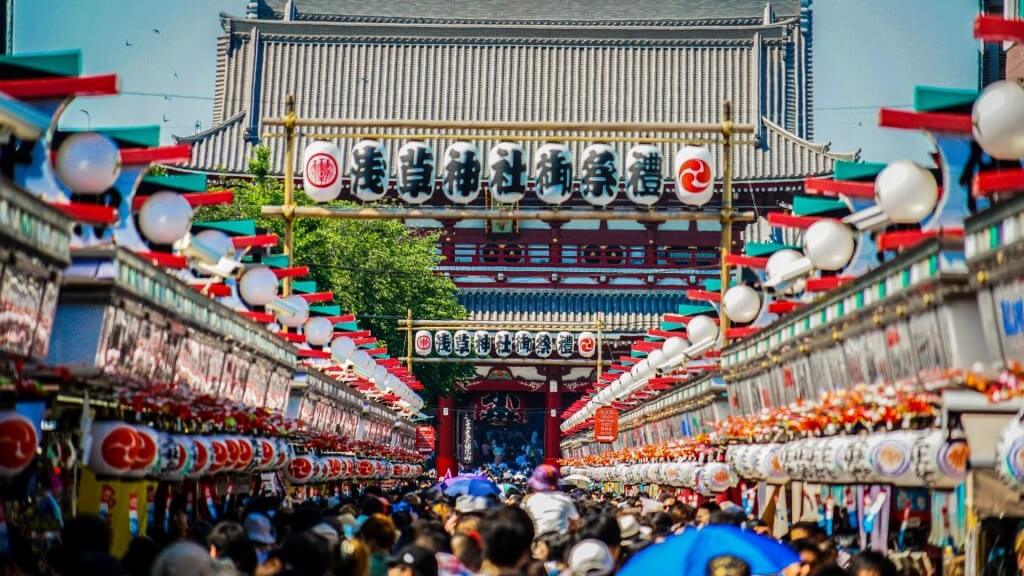
As Japan’s sprawling capital, Tokyo is the start and end point of numerous train lines and express bus services making it easy to reach from all over the country. Our ‘How to Get to Tokyo’ page includes detailed information about how to get there from popular starting points including Tokyo Haneda airport and Tokyo Narita. Why not also check out our ’Comparing Tokyo Haneda Airport and Tokyo Narita Airport’ page for more useful information for planning your trip.



